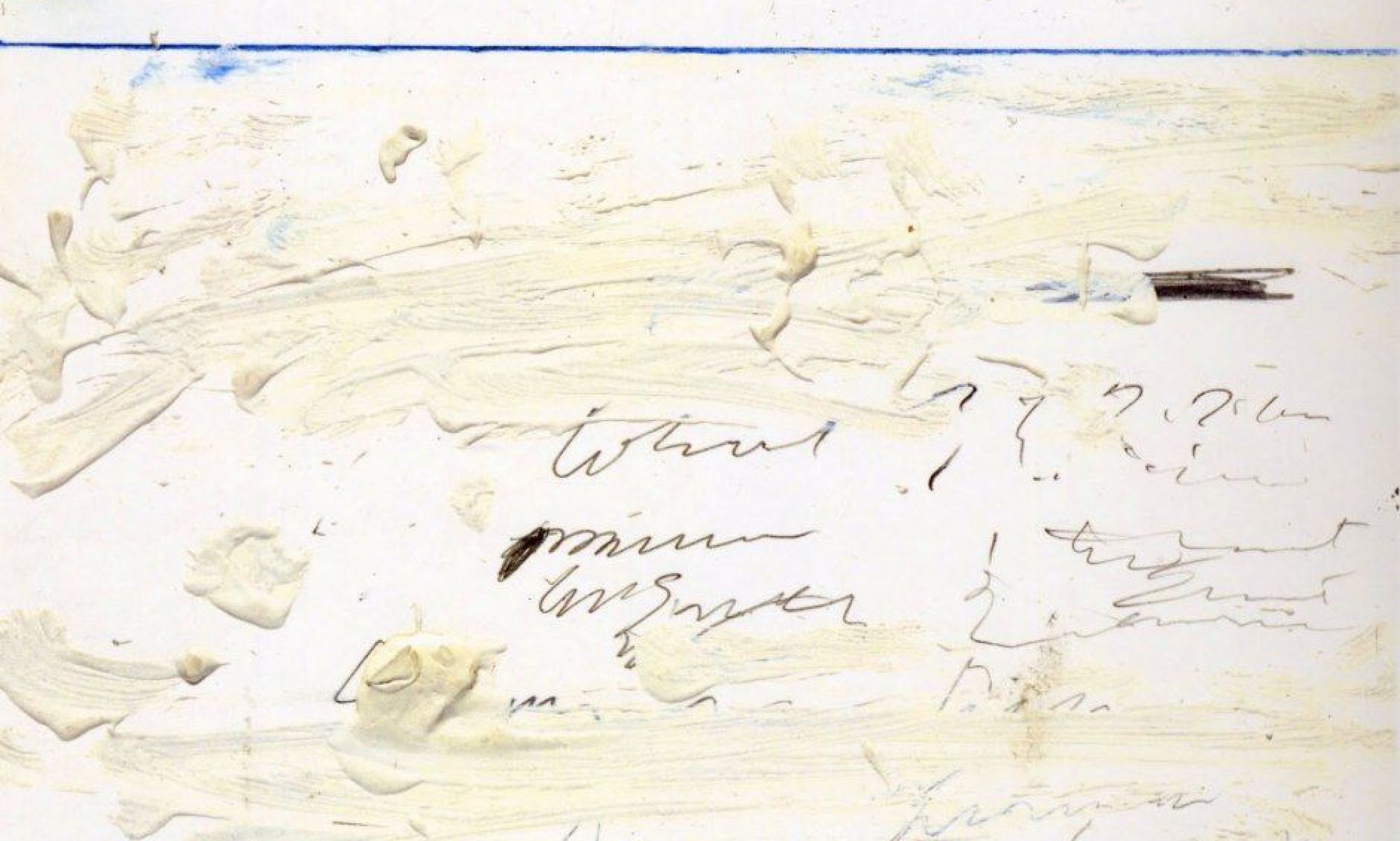Kirstin Valdez Quade presented us with some of the most ostentatiously formal poetry we have read this term, the sestina—a provocative way to engage questions of storytelling, since the recirculating words of the sestina form would seem always to be standing in the way of narrative progress. That push-pull was apparent in the three exercises that we looked at: Aisha’s use of the form to prompt and to figure memory of a failed relationship; Sam’s abandonment of narrative in favor of something revolving the words in thought (and in play); Mairead’s use of the opening of an orange as a way to keep a complex internal/external conversation in time. Different ways of troping the sestina’s scheme, you might say: as memory, as obsession, as playful variation, etc.
(Avaneque has a response to Sam’s sestina, if I remember rightly, that is worth bearing in mind: even if the poem refuses, as best it can, to tell a story, might we nonetheless experience our encounter with it as a story?)
The discussion of the Bishop got us into deep questions about how the poem handles time, both its past and its future and the now of the tea-making. How do the history of the family, and the future of the daughter, relate to the ordinary house-rhythms with which the poem is so preoccupied? (Cammie made an interesting comparison to the attention in some Asian-American literature to the rituals of the kitchen especially; we glimpsed that in Chin’s blues.) Is there a story behind this sestina? Kristin wondered if a short story treating the same scene could withhold as much narrative as Bishop’s poem does—and you might even think of Bishop using the form precisely to withhold narrative. Nonetheless, we guessed. (I wonder if the story isn’t of the mother’s death and the father, in his grief, unable to care for the child, who lives with the grandmother now.) And Kristin raised the question of whether there isn’t also a different kind of story across the stanzas of the sestina, one that opens up, at the moment when the almanac “hovers birdlike,” registers of magic and animism that we hadn’t known were there—is that an event in a story, when it happens? What kind of story?
One more thought that reaches back to last week, and our second week, for that matter, that may be relevant here. We have talked about narrative, via Todorov, as succession and transformation. Todorov thinks about transformation as being a basically narrative event, one thing happening, and then something else happening that is an inversion or a canceling or a doubling or some other significant variation on the first. I would like to propose (and I’ll talk about this in class too I think) that the transformation can also be figurative, or metaphorical. Take “Oh the Wind and the Rain” as an example. That old song begins with the girl being pushed into the brook and drowning. That event is transformed when she is pulled out, but only partly, because she is still dead. The real event of the poem is when the fiddler comes by and makes her hair and bones into an instrument. It’s not exactly a narrative resolution, though. It requires reading as a metaphor to experience it as closure: that through art, she is returned to language, to speech and song. So that the metaphor of this body-violin becomes the figurative transformation the narrative requires for its completion.
Is that a turn toward poetry, when a story achieves closure with a metaphor, rather than with a literal event? We might also think about the extraordinary image at the end of Haas’s “A Story of the Body,” that bowl of petals and bees. Is that the way the story ends? Does it, in order to end, have to become a kind of poem?
